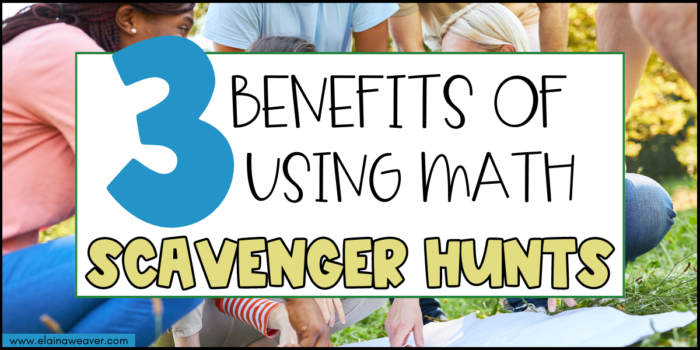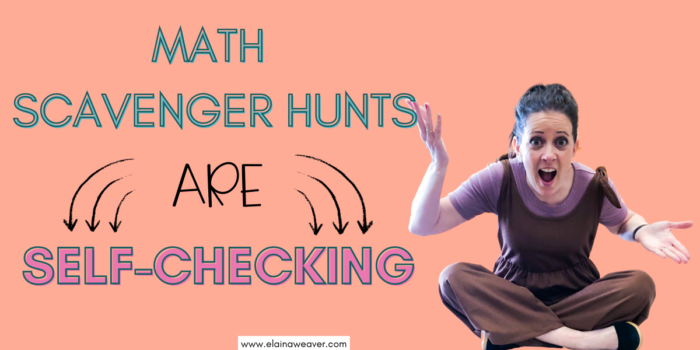Do you ever find yourself looking for new ways to help your students practice different math concepts? I like to change things up from time to time because I get bored. One of my favorite activities that I insist on keeping in the rotation? Math Scavenger Hunts. I love them. My students love them. It’s a win-win.
Anytime we do a scavenger hunt, I allow my students to choose their partners. It’s such an easy way to provide students with choices.
Speaking of easy ways to provide choice, this choice board template is a game changer in saving me time as I cultivate a student-centered classroom. It provides my students with consistency and choice – two things that help my classroom run smoothly. You can grab your own template simply by clicking here.
A student-centered classroom is key for student engagement. This is one reason why I prefer using activities like scavenger hunts rather than your typical worksheets. Of course, this is just one of the benefits of using math scavenger hunts.

Movement in Math
I attended a workshop many years ago where the speaker told us that if we sit all day, our blood pools in our rear end, causing our thinking to lose some of its sharpness. I’m not sure how accurate that is, but it has stuck with me all these years later.
Our students need movement.

Scavenger Hunts are an easy, low-prep way to incorporate movement in math. Students will be walking around the classroom while they discuss math.
I know you can picture the beauty of that scene. It makes my teacher’s heart happy. Yes, sometimes students end up bunched together in the same part of the classroom, but more often than not, that is when the very best math conversations (and sometimes debates) occur. It will be music to your ears.
Math Scavenger Hunts are Self-Checking
A second benefit, and possibly my favorite benefit, to using scavenger hunts in the classroom is that they are self-checking activities. Students quickly know if their answer is correct or not. They either find their answer or they don’t. It’s simple. This immediate feedback leads to some of the best math conversations I have ever witnessed among students. I smile every time students engage in error analysis once they realize they are no longer on the correct path.
How Scavenger Hunts Work
So math scavenger hunts are self-checking? How do they work?

Scavenger hunts are made up of a series of questions printed on paper (I like to use bright paper to make them easy to spot) and hung around the room. Along with a question, each paper also contains the answer to another problem.
Students can start on any card; if they solve each problem correctly, they should end at the same problem where they started.
Let’s say a student starts with question 1. They solve the problem and then walk around the room hunting for that answer. If they find that answer on say question 7, they would do question 7 next, and so on.
Engage Everyone
Whenever I do a scavenger hunt in my classroom, every single student is engaged. They are all talking with their partner (allowing partners helps cut down on congestion at any one problem) about the math being practiced. Students leave my classroom asking if they can do another scavenger hunt the following day.
Every single student is engaged.

Math Scavenger Hunts Engage Everyone
Ready to try a scavenger hunt with your students?
My top 3 selling scavenger hunts are:
Or you can click here to see all the available scavenger hunts in my store.
Read more about Scavenger Hunts

